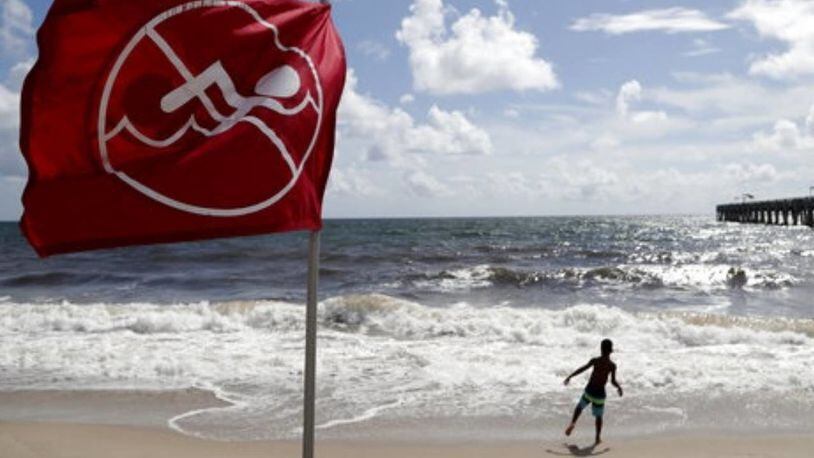Weather forecasters probably have visions of the "Cha Cha Slide" lyrics bouncing through their heads as they attempt to accurately project the path of the dangerous Category 4 hurricane, which continues to inch closer to the Florida coast.
You've heard the lyrics.
"Slide to the left. Slide to the right/Criss cross, criss cross."
Sound familiar?
Dorian originally was supposed to hit anywhere between the Florida Keys and Jacksonville. Saturday, forecasters believed the storm would hug Florida's east coast and threaten coastal Georgia and the Carolinas. Sunday promises to be another day of guesswork.
"Our best hope is that Dorian stays at sea," Miami-Dade Commissioner Daniella Levine Cava told the Tampa Bay Times. "But hurricanes have minds of their own. This particular one has been a cliffhanger."
Mike Brennan, who leads the Hurricane Specialist Unit at the National Hurricane Center in Miami, told The New York Times the jet streams that push the tropical cyclones are weak in Dorian's case, causing the storm to move erratically.
Meteorologists tearing out their hair can take comfort knowing that Dorian is not the first hurricane to confound experts. Several other storms wobbled before hitting Florida or surprised meteorologists with their intensity -- or lack of it.
In 1979, the eye of Hurricane David missed Miami by 50 miles, but residents did not experience any gusts of hurricane-force winds, the Tampa Bay Times reported. The storm skirted the Florida coast before heading to the Carolinas.
In September 1999, Hurricane Floyd barreled through the Bahamas as a Category 4 storm and moved parallel to Florida's east coast for a day, forcing evacuations from Jacksonville to Miami, the Tampa Bay Times reported. However, dry air and wind shear pushed Floyd north, where it hit Cape Fear in North Carolina as a Category 2 storm.
Two years ago, Hurricane Irma was supposed to simply crawl up the west coast of Florida. However, a slight shift to the east pushed the storm inland, causing more damage, the Tampa Bay Times reported.
John Morales, the chief meteorologist for WTVJ in Miami, told The New York Times his audiences are always "seeking a deterministic, definitive answer."
"And generally speaking, the world meteorologists live in is one of probabilistic language,” Morales told the newspaper.
About the Author
